The formation and failure process of Yigong landslide in Tibet Plateau
DOI: 10.23977/geors.2021.040105 | Downloads: 13 | Views: 1092
Author(s)
Jun Li 1, Ningsheng Chen 2, Yuandi Zhao 1, Weiyu Wang 1, Javed Iqbal Tanoli 3
Affiliation(s)
1 School of Civil Engineering, Sichuan University of Science & Engineering, Zigong, 643000, China
2 Institute of Mountain Hazards and Environment, Chinese Academy of Sciences, Chengdu 610041, China
3 Department of Earth Sciences, COMSATS University Islamabad, Abbottabad campus 22060, Pakistan
Corresponding Author
Jun LiABSTRACT
Yigong landslide is located in Zhamunong gully, Yigong Township, Bomi County, Linzhi region in Tibet, the volume of which is 3×108m3. Firstly, we analyse the formation mechanism of Yigong landslide in 2000, based on the field investigation and data collection. Secondly, we analyse the failure mechanism of Yigong landslide in 2000, combined with the mechanical test results of granite rock and stability calculation results of slumped mass (BH01). Under the combined effect of rapid incision and seismic activity in Yigong Lake zone, the basic factor of landslide formation is that the rock mass structure for controlled slope rock mass evolution has entered a stage of progressive failure in Zhamunong gully, and precipitating factors of landslide are excess melt-water and continuous rainfall under the temperature rise before landslide hazard happens, according to the results of the study. The formation process of landslide can be divided into 4 stages. (i) Trailing edge fracture of slope rock mass is in rapid development stage due to the effect of fast incision in the valley. (ii) The frequent seismic activities in Yigong Lake district facilitate the development and evolution of granite rock mass’s structural plane; (iii) The combined effect of excess melt-water and continuous rainfall at the prophase of the disaster makes the high angle fissure in trailing edge of BH01 rock fall body further develop. (iv) The high-speed rock fall block of BH01 rock fall body triggers the liquefaction of detrital accumulation materials at the source of gully, which forms landslide and finally transforms into high-speed granular mass flows. The stability-losing distruction mechanism of landslide is as follows. Under the combined effect of many conditions, such as fast incision of valley in Yigong district, earthquakes, temperature change, and continuous rainfall and so on, the high angle fissure in trailing edge of BH01 rock fall body develops quickly, and continuous creeping deformation occurs in rock fall body along weak structural plane or fracture surface, forming mid ‘locking section’. When the depth of cracking segment in trailing edge of BH01 rock fall body Hcr >363m or the length of rock mass’s locking section L<455m, sudden brittle failure occurs in the mid locking section of BH01 rock fall body, and rock fall occurs in rock fall body.
KEYWORDS
Landslide, Formation and failure process, Geo-mechanical model, Yigong, Tibet PlateauCITE THIS PAPER
Jun Li, Ningsheng Chen, Yuandi Zhao, Weiyu Wang, Javed Iqbal Tanoli. The formation and failure process of Yigong landslide in Tibet Plateau. Geoscience and Remote Sensing (2021) Vol. 4: 41-53. DOI: http://dx.doi.org/10.23977/geors.2021.040105.
REFERENCES
[1] Cheng, Z.L., Tian, J.C., Zhang, Z.B. and Qiang, B., 2009. Analysis on environment of disasters resulting from river blockage in Tibet. Joural of Catastrophology, 24(1), 26-30.
[2] Delaney, K.B. and Evans, S.G., 2015. The 2000 Yigong landslide (Tibetan Plateau), rockslide-dammed lake and outburst flood: Review, remote sensing analysis, and process modelling. Geomorphology, 246, 377-393.
[3] Evans, S.G. and Delaney, K.B., 2011. Characterization of the 2000 Yigong Zangbo River (Tibet) Landslide Dam and Impoundment by Remote Sensing. Lecture Notes in Earth Sciences, 133, 543-559.
[4] Hu, M.J., Pan, H.L., Zhu, C.Q. and Wang, F.W., 2015. High-speed ring shear tests to study the motion and acceleration processes of the Yingong landslide. Journal of Mountain science, 12(6), 1534-1541.
[5] Huang, R.Q., 2003. Mechanism of large scale landslide in western China. Quaternary Sciences, 23(6), 443-450.
[6] Jietang, L., 2002. A Tentative Discussion on the Monitoring of the Yigong Landslide-blocked Lake with Satellite Remote Sensing Technique. Acta Geosicientia Sinica, 23(4), 363-368.
[7] Kang, C., Chan, D., Su, F. and Cui, P., 2017. Runout and entrainment analysis of an extremely large rock avalanche—a case study of Yigong, Tibet, China. Landslides, 14(1), 123-139.
[8] Lang, K.A., Huntington, K.W. and Montgomery, D.R., 2013. Erosion of the Tsangpo Gorge by megafloods, eastern Himalaya. Geology, 41(9), 1003-1006.
[9] Liu, N., Jiang, N.M., Yang, Q.G., Xue, G.F. and Wan, H.B., 2000. On emergency treatment scheme for Yigong massive landslide and river blockage disaster in Tibet. Yangtze River, 31(9), 10-12.
[10] Liu, W., 2002. Study on the characteristics of huge scale-super highspeed-long distance landslide chain in Yigong, Tibet. Chinese Journal of Geological Hazard & Control, 13(3), 9-18.
[11] Liu, W. and He, S., 2018. Dynamic simulation of a mountain disaster chain: landslides, barrier lakes, and outburst floods. Natural Hazards, 90(2), 757-775.
[12] Mingjian, H.U., Cheng, Q. and Wang, F., 2009. Experimental study on formation of Yigong long-distance high-speed landslide. Chinese Journal of Rock Mechanics & Engineering, 28(1), 138-143.
[13] Tewari, P., 2004. A Study on Soil Erosion in Pasighat Town (Arunachal Pradesh) India. Natural Hazards, 32(2), 257-275.
[14] Wang, Z. and Lu, J., 2002. Satellite monitoring of the Yigong landslide in Tibet, China, Earth Observing Systems VII, pp. 34-38.
[15] XuQiang et al., 2012. Observations from the large, rapid Yigong rock slide – debris avalanch. Revue Canadienne De Géotechnique, 49(5), 589-606.
[16] Yin, Y., 2013. Approaches to Landslide Risk Assessment in China. Springer Berlin Heidelberg, 115-131 pp.
[17] Yin, Y. and Xing, A., 2012. Aerodynamic modeling of the Yigong gigantic rock slide-debris avalanche, Tibet, China. Bulletin of Engineering Geology & the Environment, 71(1), 149-160.
[18] Zhou, J.W., Cui, P. and Hao, M.H., 2016. Comprehensive analyses of the initiation and entrainment processes of the 2000 Yigong catastrophic landslide in Tibet, China. Landslides, 13(1), 39-54.
| Downloads: | 570 |
|---|---|
| Visits: | 56371 |
Sponsors, Associates, and Links
-
International Journal of Geological Resources and Geological Engineering
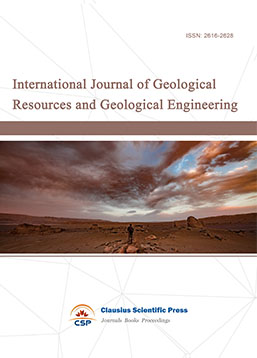
-
Big Geospatial Data and Data Science

-
Solid Earth and Space Physics

-
Environment and Climate Protection
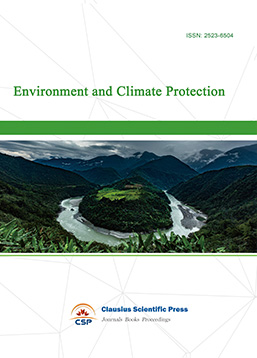
-
Journal of Cartography and Geographic Information Systems

-
Environment, Resource and Ecology Journal
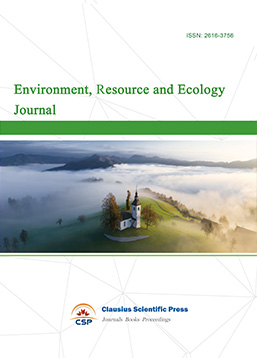
-
Offshore and Polar Engineering

-
Physical and Human Geography
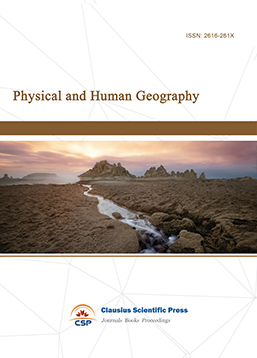
-
Journal of Atmospheric Physics and Atmospheric Environment
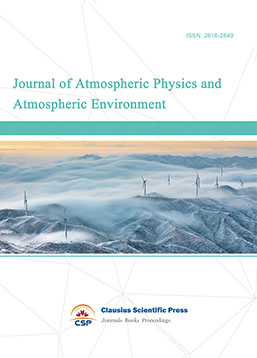
-
Trends in Meteorology

-
Journal of Coastal Engineering Research
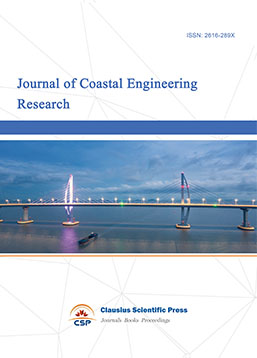
-
Focus on Plant Protection

-
Toxicology and Health of Environment

-
Advances in Physical Oceanography

-
Biology, Chemistry, and Geology in Marine
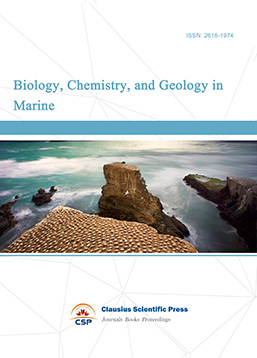
-
Water-Soil, Biological Environment and Energy

-
Geodesy and Geophysics

-
Journal of Structural and Quaternary Geology
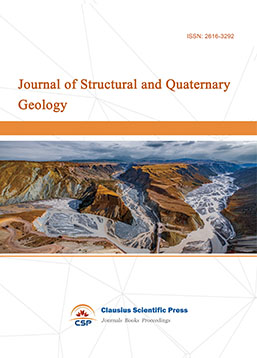
-
Journal of Sedimentary Geology

-
International Journal of Polar Social Research and Review


 Download as PDF
Download as PDF